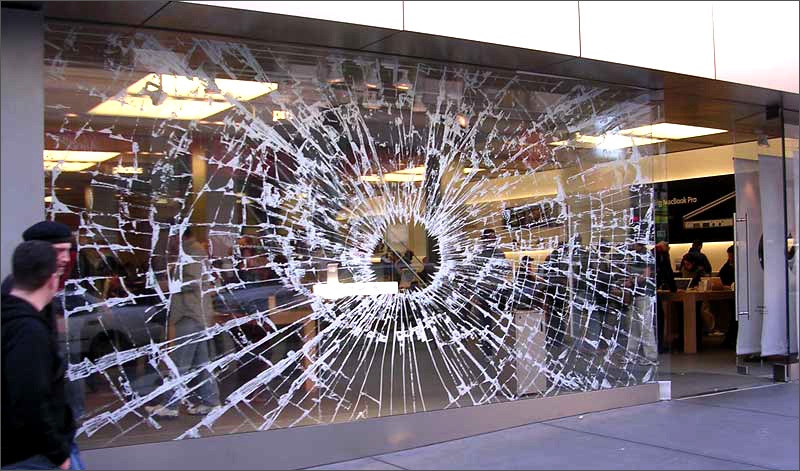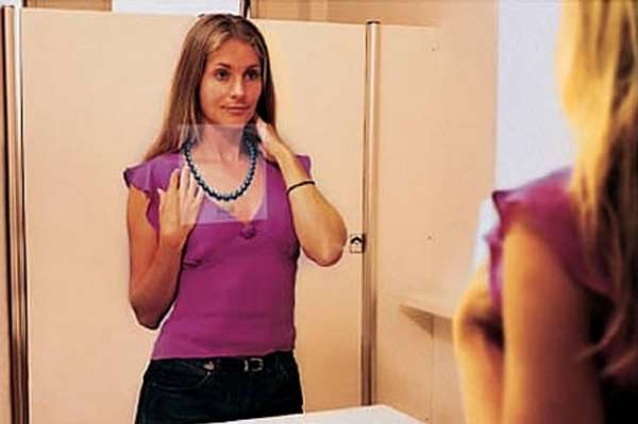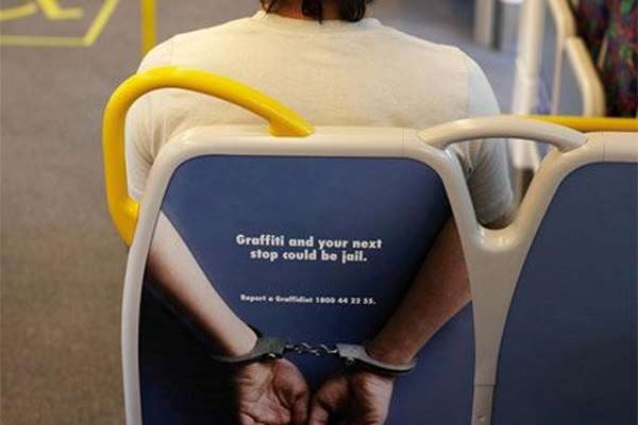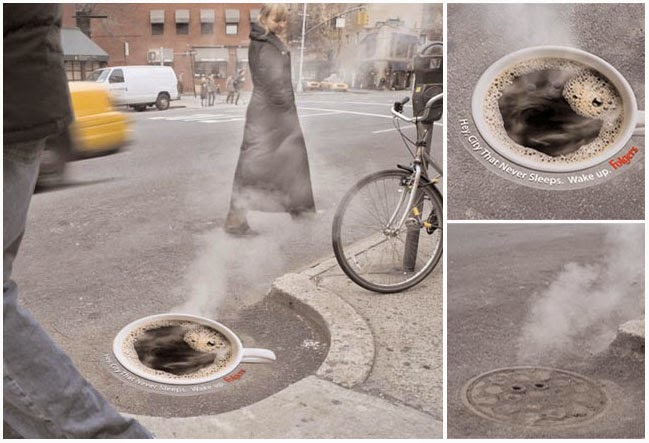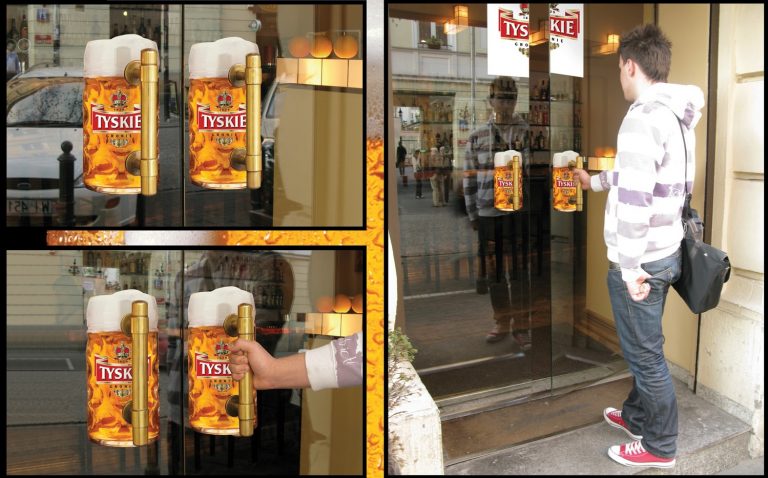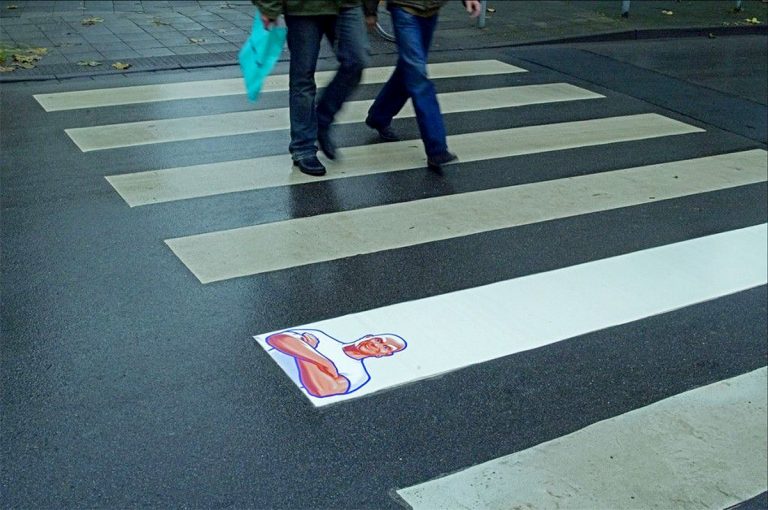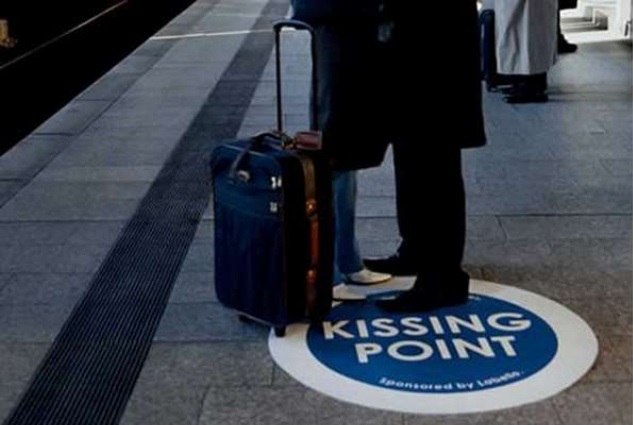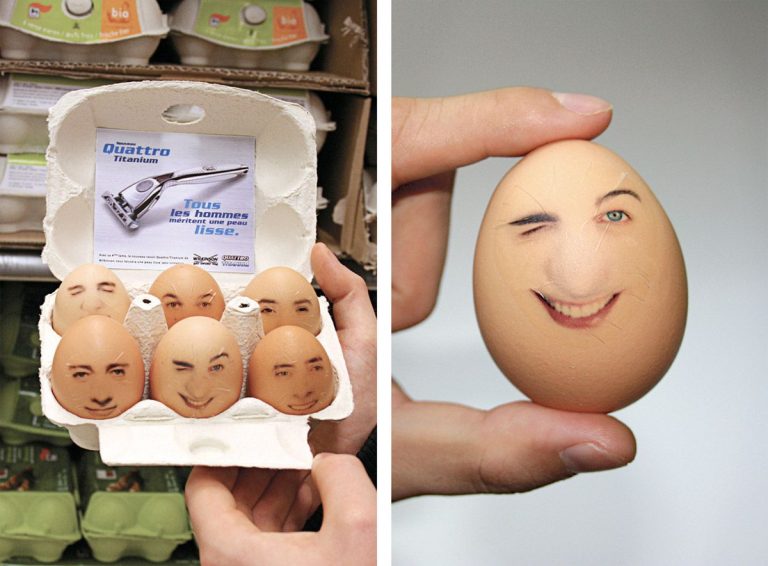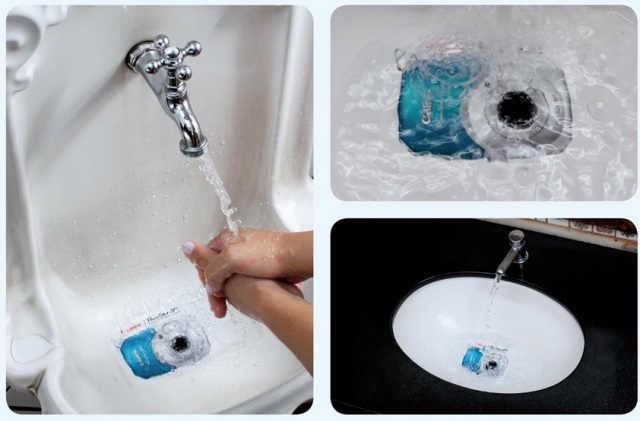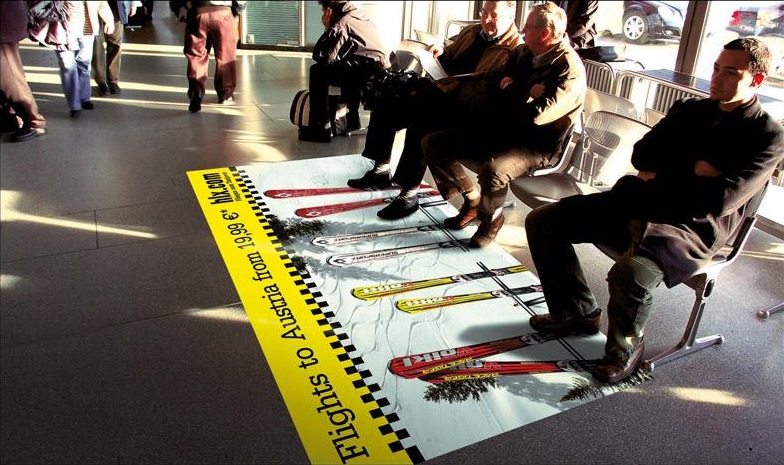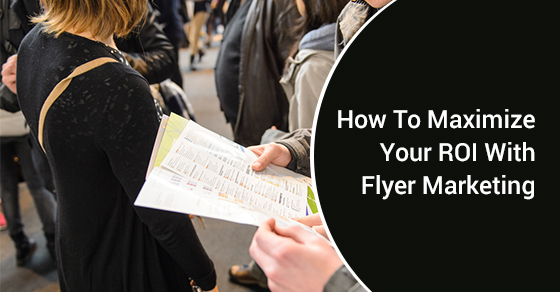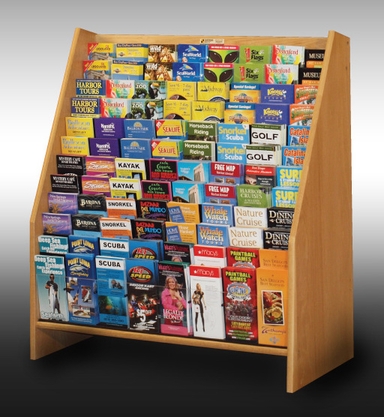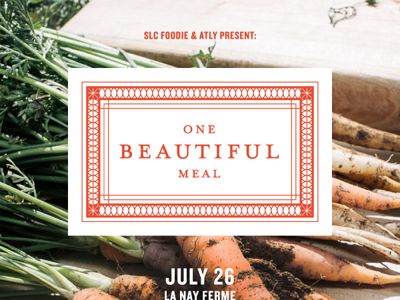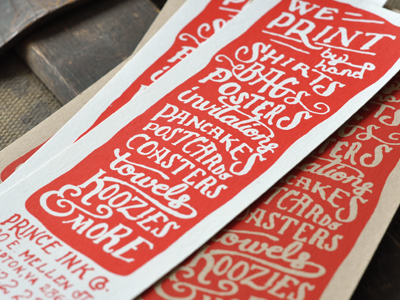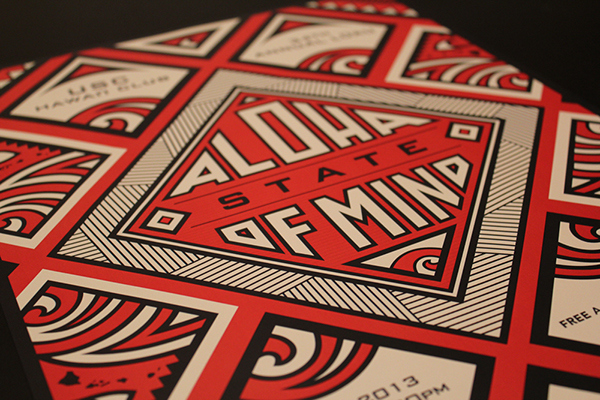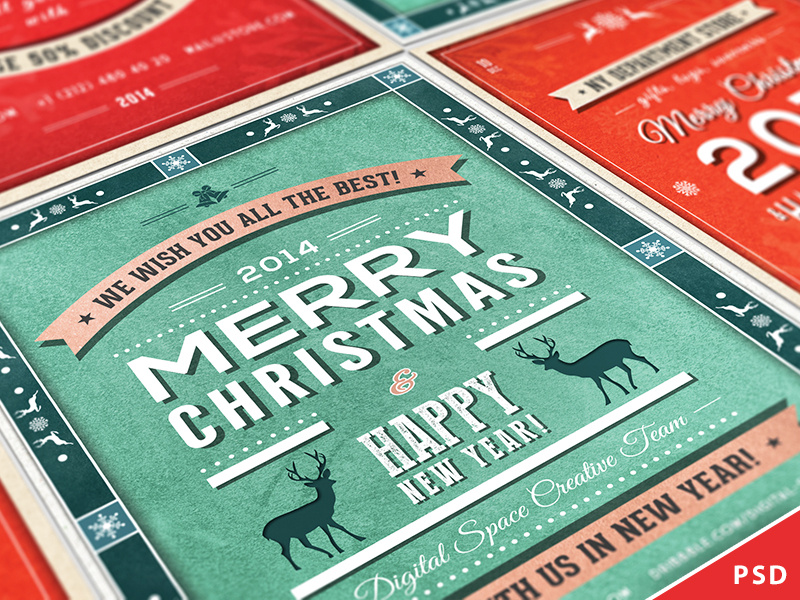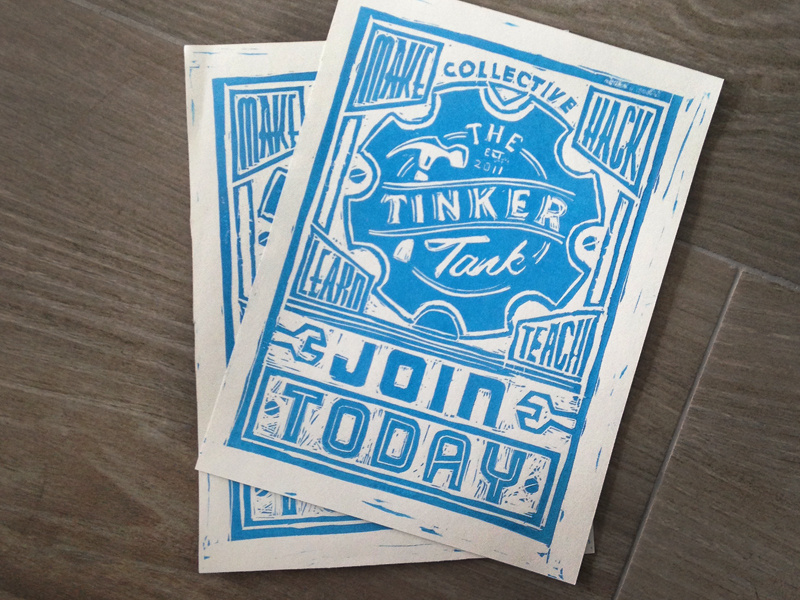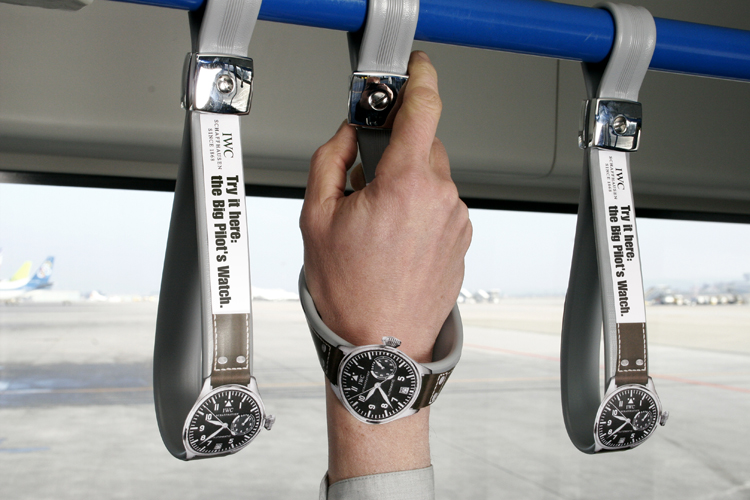Flyersare a great way to advertise your business. Remember, the most effective marketing is
simple, affordable and trustworthy - flyersare exactly that. A strong flyer design will be beautiful, memorable and thought-provoking. The simple beauty of it is that you can reach out and touch it. It engages us on a physical level. This helps to create a lasting connection with the consumer, making flyers an effective way of promoting your business. Blending solid craftsmanship, intelligent design and compelling storytelling, effective flyer designs will engage and inspire people. Whether you hire a graphic designer, or do it yourself, design is key to ensuring a solid return on investment. In this guide, we take you through ten flyer design tips to help you create the perfect flyer to boost your business.
Function Over Form
Your flyer should be functional, easy to read and clear

Although your flyer needs to be eye-catching, aesthetically pleasing and memorable, we’ll come to the design side later. First and foremost, your flyer must be functional. You’re not Michelangelo painting the Sistine Chapel; you’re a business trying to sell a product. You need to make sure your marketing is concise, readable, and clear. Ensure that the flyer looks professional, and meets the basic requirements; it should have the correct print resolution and it should show an awareness of current print marketing trends – otherwise it may make your business look amateur. Ensure that the information on your flyer is easy to read and presented without visual clutter. Even a flyer that’s creative and unique must meet these basic criteria. Remember, effective marketing is about effective communication. A flyer-reader has little time and little attention-span. Keep it concise and to the point. Make essential information (e.g. contact details) easily accessible; try using a bold color, or blowing the font up to a large-scale. Try and adopt a conversational tone that will draw people in, and make them keep reading. If you’re selling a specific product, show an image of it. It might seem simple, but people buy with their eyes. Give the reader something visual and your flyer will convert to sales much more effectively.
Know Your Audience
Understanding who your target audience is will make it much easier to find the right design

As with any effective marketing, you need to know who you’re trying to reach with your flyer. Who’s your target demographic? What are their likes and dislikes, their interests and their tastes? How do they speak? What do they relate to? And what’s going to catch their attention? Do your market research first, and then construct the ideal flyer with your target reader in mind. When you’re figuring out the tone of your text you need to keep in mind the type of person who you hope will be reading it. If you are trying to tap into a new market, the flyer should be catchy and enticing, not overly pushy. If you are consolidating an existing group of customers or clients, try to strike a tone that suggests a sense of friendship, trust and personal connection. Always use direct pronouns like "you" and "your" rather than generalized words like "we" or "our’ – this will make your flyer speak directly to the reader, and grab their attention, letting the consumer know that they come first. If you’re able to reach your target audience, your flyers will be 100% more effective.
Use Space Effectively
Flyers are small, but that doesn’t mean you should try to put as much information on it as possible

One of the defining features of flyers is that they are small. Most flyers are restricted to a standard 5.5" x 8.5" or 4" x 6" page size, so you will always be faced with very limited print space. With this in mind, you’re going to need to think creatively about how to lay out your design, in order to get across your key information. Much like designing posters, flyers need to use space carefully. A great technique to create more space is to gridify – that is to divide the page into a grid, with each square containing a different patch of text, an image or a logo. With a word document, or even a more formal brochure, you might expect to arrange text content into a single column on the page. However, with a flyer you should aim to be more experimental with your use of space. Think along the grid. That said, dividing your flyer up into perfect squares can look overly rigid and functional. Try using irregular sized sections to really make your content pop off the page. You could have one large square of text, next to an image, with a small square of text underneath. Or if you’re looking to really shake things up, why not try experimenting with diagonal compositions? There’s really no end to the possibilities of your design, just make sure you use space effectively. Don’t let your flyer get crowded or messy. The ideal design packs in loads of content, but still looks minimal, clean and balanced.
Be Eye-Catching
A striking visual image can really grab the attention of your potential customers

One of the most important flyer design tips is to produce one that grabs people’s attention and creates a strong visual impact. The more eye-catching your flyer, the more likely a person is to pick up or hold onto your flyer. Whether you’re going for subtlety or boldness, you certainly want to avoid the curse of dullness at all costs. Understated and professional designs can be completely transformed from banal to brilliant with a deft attention to color. Use your business colors to reinforce your brand, and make sure you use a balanced palette. If you’re advertising an event, or a product that’s more attention-seeking, such as a club night, exhibition or festival, you simply can’t afford not to be eye-catching! You want to imbue your flyer with the spirit of the product itself. Receiving your flyer should be an experience, transporting the reader to the event you’re offering and allowing them to imagine what it would be like as an experience. The most eye-catching flyers use color effectively; a palette of complementary and bold tones will make your content jump off the page. Try to balance a trio of bold elements – one striking visual image, one attention-grabbing headline (in a legible but bold font) and one colored element (such as a logo). By sticking to this three-element rule, you can avoid overcrowding, and ensure your flyer remains easy on the eye. Most importantly, make sure your design is fun and optimistic. It shouldn’t feel overly serious; even if it’s corporate. Your main aim is to make a flyer that people will hold on to. They’re far more likely to do this if the design makes them feel good.
Be Cool
By using a minimal design, your flyer will appear more professional

Attention-grabbing doesn’t mean noisy, pushy or needy. A flyer can be eye-catching and enticing even if it’s understated. Sometimes a more subtle flyer design can be perfectly-pitched, especially if you’re targeting a more demure, intelligent or corporate consumer. Aim for an aesthetic that is minimal, serene and calm. Remember less is more, and sometimes it’s effective to play hard to get. If you’re advertising a corporate service or a product with a sophisticated image, your flyer should reflect that. An effective marketing strategy can be one that says "We’ve got this great thing going on, you need to come to us in order to get it." Now imagine that message in flyer form; a flat, understated design style will attract your target consumer with very little effort. Try keeping it simple. Use a black, white and grey palette, and restrict yourself to a careful use of color; one splash of bold color is enough. Teals, mint greens, silvers, mustards, and lilacs are innately engaging and deftly corporate. You don’t want to seem like you’re trying too hard to impress, so remember, be cool.
Be Friendly
Adding a picture of your smiling employees can make your flyer seem more friendly

Being understated shouldn’t be conflated with being aloof. You want your flyer to make your company seem charming, friendly and approachable, and there are a number of ways of achieving that. First, strike an informal, conversational tone with your text. Second, choose images that make a good impression. Don’t underestimate the power of a smiling human face when it comes to making people feel at ease. Imagine a university prospectus, corporate brochure, or a shampoo advert; they’re full of people smiling. Especially if you’re marketing a service, it’s super important to present the viewer with a friendly face. Imagine how you would greet a client in your office, then put that face on your flyer. When they interact with your company down the line, they will keep the image of that smile in their mind, making them feel at ease. A word of warning would be to avoid using stock images on flyers (unless you’re forced to by budgetary constraints). Many stock photos of "smiling business people" actually look soulless, forced and overly staged. Hiring a professional photographer might be expensive, but it’s worth it to ensure authenticity. Moreover, once you have an image that’s truly yours, you can use it across your marketing channels, on websites and social media, to create a lasting brand image.
Font
Your font needs to match your brand. For creating trust, try using more serious fonts.

One of the most often overlooked flyer design tips is to choose your font carefully. Different fonts have personalities of their own, and you need to match your font’s tone to your brand image. For example, if you’re trying to look professional, don’t use Comic Sans. That font is good for children’s entertainers, crayons, and comic books – but it’s not so good for corporate events, products or services. If you’re wondering what font to use, check out our blog post on typography trends. It’s usually safe to fall back on a sophisticated font – something like Helvetica or Times New Roman. But make sure you find a font that’s aesthetic, legible and clean. It doesn’t have to be unusual. As a general rule, we’d recommended that you limit the use of different fonts in your flyer design. Two font families is the maximum; one is usually enough. Add too many different fonts and your design will start to look cluttered and confused, losing its visual coherency. Less is more in this regard. If you’re looking for visual variety within your design, swap between bold, italic and regular versions of the same font. This is a great way to add emphasis and heterogeneity, without sacrificing consistency.
Use Color to Create Mood
Sometimes less is more. Stand out by using a single color.

As we’ve mentioned, color plays a vital role in making your flyer appear bolder and more appealing, but did you know it can also affect mood? Color, arguably more so than font choice or images, is the most significant feature in creating the mood and personality of your flyer design. In fact,
color psychologyis crucial in enticing someone to pick up / hold on to your flyer, so your choice of color can make or break a good design. Color experts Pantone have released their color trends for 2018, which is a great guide when trying to establish your palette. According to Pantone executive Leatrice Eiseman, if you want to look "resourceful", your best of using blues and oranges; it’s a color combination that "combines warm and cool tones that you can’t avoid looking at". Yellow is "playful", pink is "discrete", and gold is "sophisticated". If you’re hoping to reach a diverse crowd, go with rosy tones; "this palette reaches out and embraces many different cultures". Choosing a poorly judged color combination can alienate consumers, but the right palette will help your flyer to convert into sales. If you’re looking for a classic, tried and tested color combination, use pastel colors; they are a natural application of our lifestyles and thought processes. Choose your color carefully, and you’ll be in control of your mood.
Connect to Digital
Use QR codes, coupons or tools like GizThis to connect your flyers to the digital world

Print should not be seen as the enemy of digital marketing. In fact, quite the opposite – it’s a strategy to increase sales through digital engagement. The most effective marketing campaigns are those in which your print and digital media are carefully coordinated, such that they reinforce one another, and mutually develop a consistent brand image. Printed flyers are a great way to drive your audience back online, and make them engage with your digital content. When designing your flyer, remember to include Facebook and Twitter links, so as to promote your social media presence. If you want to be really tech savvy, take this one step further using a tool like GizThis for iOS or Android, or digital coupons. That way your flyer can link to all kinds of exclusive content: personalized videos, free downloads, free WiFi, online discounts, voucher codes, games, maps, surveys and websites. Imagine the experience your consumer will go through: one minute they’re holding a simple, tactile flyer, the next they’re exploring a virtual world of endless possibilities.
GizThisis also a great way of tracking the return on investment (ROI) of flyers. In the past, it was impossible to measure the success of flyers quantifiably, but by tracking consumer engagement through GizThis, suddenly you gain access to a whole heap of market information that’s incredibly useful in assessing the effectiveness of your marketing campaign. Connecting your flyer to your digital content is an essential part of your design.
Call to Action
Add a call-to-action to convert readers into customers

Perhaps one of the most basic but essential flyer design tips is to remember that you’re not handing out flyers for no reason. You’re handing them out because you want something in return. In order to get something from your customers, you need a ‘call to action’. This can be a command, imperative or directive that influences the reader to not only take the information on board, but to act on it. Remember, a flyer means nothing if it doesn’t inspire your audience to act. Questions, temptations and suggestions are all ways of subtly asking someone to engage. A classic call to action is the phrase "order now", or "why not go online?". You should aim to direct your customer towards a very specific action, and encourage them to act immediately. As such, incentives and discounts are generally helpful in enticing people to engage. Think about using more question marks, and get creative when it comes to slogans and phrases. Be bold, but keep it innocuous. People don’t like being told what to do, so you need to make them want to act – above all, your flyer design should be so enticing that they feel they can’t afford not to.
Conclusion
A well-designed and quality
printed flyer, by
Asset Print is a truly effective way to promote your business. By following our flyer design tips and combining well-made flyers with efficient street teams, on ground marketing campaigns, and a carefully coordinated digital presence, you could reach whole new audiences, as well as consolidating existing ones. Remember that first and foremost, every flyer design needs to prioritize functionality; if it reads clearly, and packs in the content, then you’re off to a good start. After that, design is everything – choose your colors carefully, balance your composition, and keep it minimal. The most successful flyers are the most enticing. The longer the viewer holds it in their hand, the more lasting and meaningful the impression. By creating beautiful designs, and using flyering as part of a considered marketing campaign, the possibilities for promotion are endless.
Article source: https://printingcapetown.wordpress.com/2019/09/29/10-flyer-design-tips-to-boost-your-marketing-campaigns/










